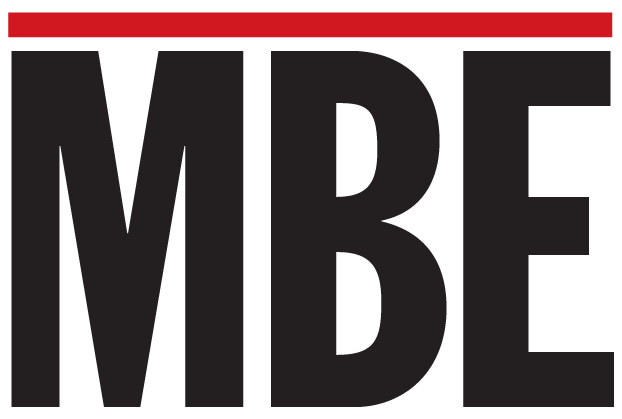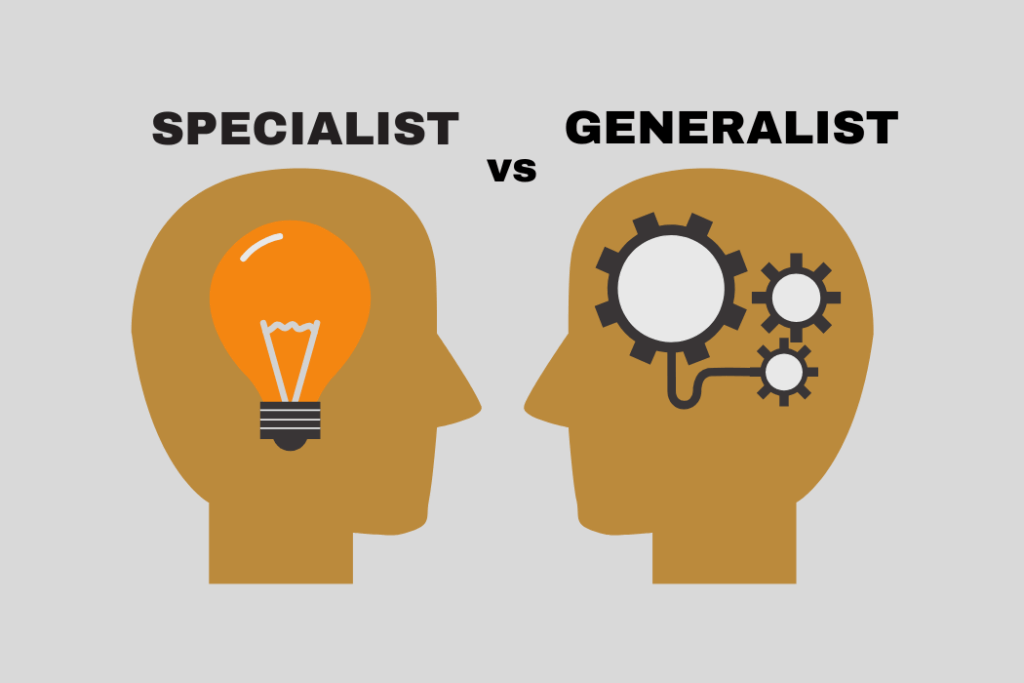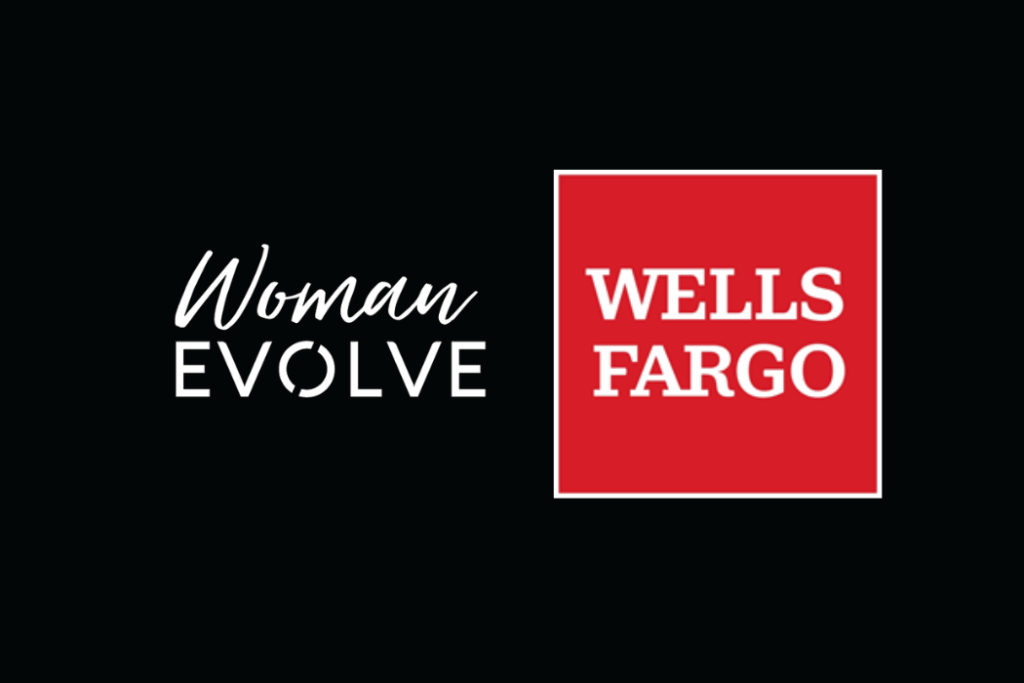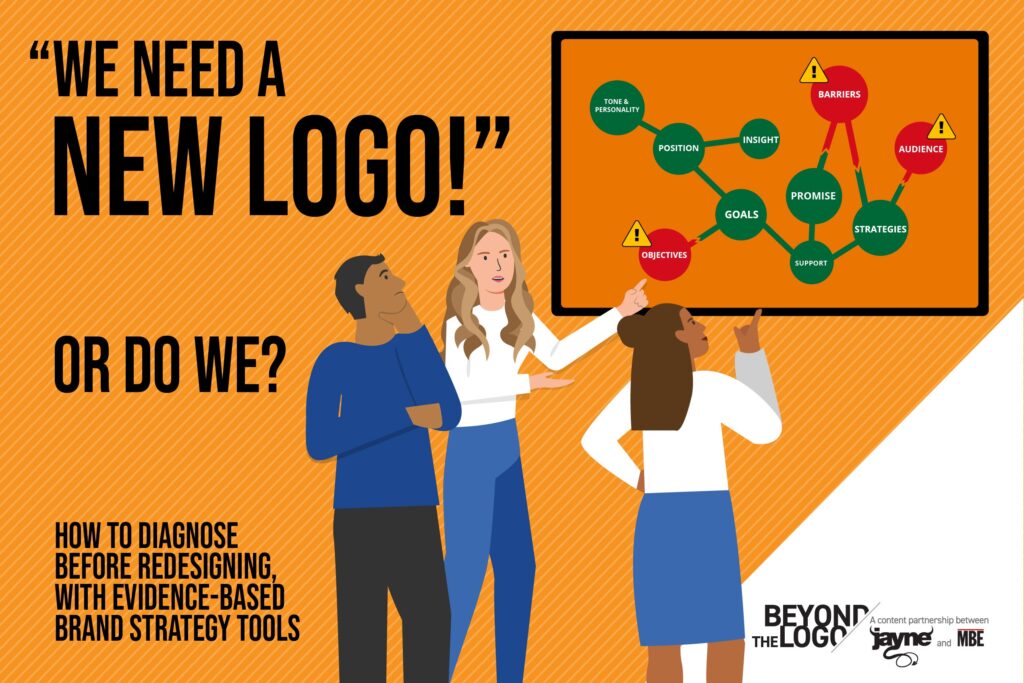
Emotional labor is burning out your most valuable employees
When companies quietly assign diversity and inclusion work to marginalized employees without recognition or compensation, they’re not just perpetuating inequality—they’re driving away their most talented people. Here’s how to recognize and address the invisible burden of emotional labor in DEI initiatives.
In workplaces all over, while colleagues are wrapping up their official duties, one of the co-workers is staying late again. She’s organizing the birthday luncheon for a teammate, coordinating the sympathy card for another colleague’s loss, and fielding yet another email from someone who needs to “talk through” a sensitive workplace situation. None of this appears in her job description. None of it factors into her performance review. Yet somehow, it’s always her job.
Regina Lark, an emotional labor expert and entrepreneur, recognizes this scenario all too well. “You’re going to be the person that’s going to plan the surprise party at work,” she explains. “You do all these behind-the-scenes things to get it going. Your boss or your coworkers aren’t even cognizant of what you’re doing. It’s invisible.”
This invisible work—what sociologists call “emotional labor”—has become the hidden backbone of countless organizations. But there’s a troubling pattern: when it comes to diversity, equity, and inclusion (DEI) initiatives, this burden disproportionately falls on the very employees these programs are meant to support. The result is a quiet crisis hiding in plain sight across corporate America—talented marginalized employees burning out from carrying the emotional weight of creating inclusive workplaces, often without recognition, compensation, or support.
What Is Emotional Labor and Why Does It Matter?
The term “emotional labor” was first coined by sociologist Arlie Hochschild in her groundbreaking 1980s book “The Managed Heart.” Originally applied to service workers like flight attendants and food servers, the concept describes the exhausting work of managing others’ feelings and creating comfort and safety—typically at the expense of one’s own emotional wellbeing.
“Emotional labor is this component of managing other people’s feelings, helping them to feel safe, typically at the expense of how we feel or what we’re experiencing in the moment,” Lark explains. “It’s not in any job description. We do this at home, and we do this in the paid workplace.”
In the context of diversity, equity, and inclusion (DEI) initiatives, emotional labor takes on particularly complex dimensions. It’s the work of creating psychological safety, educating colleagues about bias, planning inclusive events, and being the “voice of care and compassion” in organizational cultures that may not naturally embrace these values.
The Unspoken Assignment: Why DEI Work Falls to the Marginalized
The distribution of emotional labor in DEI work follows predictable patterns that reflect broader societal inequalities. As Lark observes, “by default, the role typically falls on the women in the office because it’s seen as something that they do naturally.”
This gendered expectation extends beyond women to encompass other marginalized groups. “It’s going to fall on employees of color because of the stereotype of the caregiving role,” Lark notes, referencing cultural expectations about “kin work” and the socialization of women and people of color as natural caregivers.
The result is a system where those who are already underrepresented in leadership positions find themselves shouldering the additional burden of creating inclusive environments for everyone else. They become the “designated or undesignated person that’s going to create an atmosphere of inclusion, or safety to bring your whole self to the workplace.”
The True Cost of Invisible DEI Work
The financial and personal costs of this invisible labor are staggering. When employees from marginalized groups consistently perform emotional labor without recognition or compensation, organizations create a two-tiered system where some employees work significantly harder than others for the same pay.
“We reinforce inequity by refusing or ignoring an understanding of what that work is. It is work,” Lark emphasizes. “And it is work that requires us to hold back our own feelings. That’s a lot of work.”
The emotional toll manifests in multiple ways:
Burnout and Resentment: Employees carrying the DEI burden often experience “undoubtedly a sense of resentment and burnout” as they suppress their own needs to create safety for others.
Professional Exodus: “Aside from burnout and resentment, they leave a well-paying job because the cost to their emotional and physical wellbeing is just too great to bear,” Lark explains. Many become entrepreneurs, seeking environments where they can control their own experience.
Imposter Syndrome: The constant pressure to represent one’s entire demographic group while managing others’ comfort creates additional psychological stress.
The Corporate Retreat: When DEI Becomes Disposable
The murder of George Floyd in 2020 sparked what appeared to be a corporate awakening. Companies rushed to hire DEI officers, increased diversity recruiting, and publicly committed to inclusion initiatives. But as Lark observes, this commitment proved shallow for many organizations.
“They came into it kicking and screaming,” she notes. “They didn’t just wake up and go, ‘it would make our company a better place.'”
When public pressure decreased and legal challenges to DEI programs emerged, many companies quickly retreated. “They started pulling back the support, pulling back the funding, stopping the programs,” Lark explains. The result was that the employees who had been carrying the emotional labor of these initiatives found themselves abandoned.
“In our Pride parades this year, we saw a real lack of corporate sponsorship,” Lark observes, noting how this retreat affects entire communities, not just individual employees.
Recognizing the Warning Signs
For organizational leaders who genuinely want to create inclusive environments, recognizing the signs of emotional labor imbalance is crucial. Lark suggests watching for several key indicators:
High Turnover Among Diverse Hires: If employees from underrepresented groups are leaving at higher rates than their counterparts, it may indicate they’re carrying disproportionate emotional labor.
Policy Underutilization: Low usage of family leave policies or anonymous complaint systems may suggest employees don’t feel safe accessing support.
Informal DEI Leaders: Pay attention to who naturally takes on diversity-related tasks. Are the same marginalized employees consistently volunteering for or being assigned these responsibilities?
Meeting Dynamics: Notice who does the emotional work in meetings—who smooths over tensions, ensures everyone feels heard, or follows up on sensitive topics privately.
Building Sustainable Solutions
Creating truly inclusive workplaces requires moving beyond good intentions to systemic change. Lark advocates for several key strategies:
Acknowledge the Problem
“First they have to recognize that some kind of problem exists,” Lark emphasizes. This means honestly assessing whether emotional labor is being distributed equitably across the organization.
Create Safe Feedback Channels
Organizations need “to create a safe place for people to air their grievances, to do it in such a way that not only can they be honest and transparent about what they’re experiencing personally and professionally, but to have an understanding that it’s not going to just end here.”
Invest in Professional Development
Rather than expecting employees to figure out DEI work on their own, organizations should “find out where I can get the training. How can CEOs be trained? What do CEOs need to do to get trained in creating a team of employees that feel like this is the best place to work?”
Redistribute the Work
DEI work should be everyone’s responsibility, not just the burden of marginalized employees. This might mean hiring dedicated DEI professionals, creating rotating committees, or building inclusion work into all job descriptions.
Compensate Appropriately
If employees are taking on additional emotional labor, their compensation should reflect this contribution. This might mean promotions, bonuses, or reduced responsibilities in other areas.
The Curiosity Imperative
Perhaps most importantly, Lark emphasizes the need for organizational curiosity. “If you are a CEO and you wake up in the morning, just become curious,” she advises. “Start looking, get quiet and look at your team. Does everybody on my team look like me? Does everybody on my team sound like me, think like me?”
This curiosity extends to examining organizational practices through an equity lens. “Look at your policies. Did you close for Juneteenth? It’s a federal holiday. How do you acknowledge the diversity of the U.S. calendar in terms of Muslim traditions and all of that?”
The Path Forward: From Extraction to Investment
The current model of DEI work—where marginalized employees provide emotional labor without compensation while organizations benefit from improved culture and reduced legal risk—is fundamentally extractive. It takes from those who already have less and gives to those who already have more.
True equity requires flipping this model. Instead of extracting emotional labor from marginalized employees, organizations must invest in creating systems that distribute this work fairly and compensate it appropriately.
This shift isn’t just morally necessary—it’s economically smart. As Lark notes from her experience building a diverse team of 11 employees, “I looked at the beautiful diversity of my team. I looked at the ways in which inclusion works on my team. And so again, it’s something that one has to believe in and to create.”
Beyond Diversity Theater
The stakes of getting this right extend far beyond individual organizations. When companies treat DEI as performative rather than transformative, they contribute to a broader cultural cynicism about the possibility of real change.
“I question how sincere it was in the very beginning,” reflects the interviewer when discussing corporate DEI retreats. “If it’s so easy for you to pull out, were you really all in from the beginning?”
This skepticism is well-founded and costly. It makes talented employees from marginalized groups less likely to trust organizational commitments, more likely to leave for better opportunities, and less willing to invest their emotional energy in creating inclusive cultures.
The Ripple Effect
The impact of emotional labor inequity extends far beyond the workplace. As Lark notes, “This is why divorce happens. Because for so many women, that’s their lives.” The exhaustion of constantly managing others’ emotions at work carries over into personal relationships, where partners ask “how can I help?” only to receive the response, “Just look around, what do you mean? How can you help? Just do it.”
The result is a cascading effect where inequitable emotional labor distribution damages not just careers but entire families and communities.
A Call to Action
The research is clear: emotional labor inequity in DEI work is not just unfair—it’s unsustainable. Organizations that continue to extract this labor from marginalized employees without recognition or compensation will continue to lose their most talented people.
The solution requires courage, curiosity, and commitment to systemic change. It means hiring dedicated DEI professionals, redistributing emotional labor equitably, and creating compensation structures that reflect the true value of inclusion work.
Most importantly, it means recognizing that building truly inclusive workplaces is everyone’s job—not just the burden of those who are already marginalized. When organizations make this shift, they don’t just create better outcomes for their diverse employees; they create stronger, more innovative, and more sustainable businesses for everyone.
The question isn’t whether your organization can afford to address emotional labor inequity in DEI work. The question is whether you can afford not to.
Regina Lark is an emotional labor expert, entrepreneur, and host of the Emotional Labor Podcast. Her website ReginaLark.com offers resources for understanding and addressing emotional labor in workplace settings. For organizations looking to build more equitable workplaces, she recommends Work360, a woman-owned company specializing in bringing equity insights to workplace cultures.













